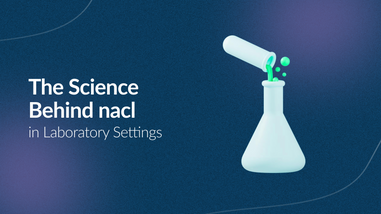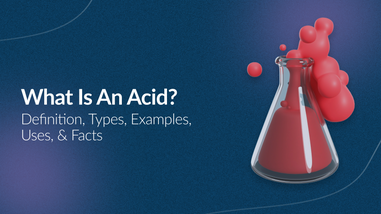- No products in the cart.
Dichloromethane, commonly known as methylene chloride, is a versatile solvent widely used in laboratory and industrial settings for various applications. Its effectiveness in dissolving a wide range of organic and inorganic materials makes it a valuable asset in numerous processes. However, its potent solvent properties come hand in hand with potential hazards that demand strict safety measures. This blog post aims to provide professionals working with dichloromethane a comprehensive guide to ensure the safety of both personnel and the environment.
Why is Dichloromethane (DCM) a hazardous chemical?
DCM is a hazardous chemical because it can:
- Cause skin irritation and burns
- Irritate the eyes and nose
- Damage the liver, kidneys, and central nervous system
- Cause cancer
- Make it difficult to breathe
- Lead to death in high concentrations
How to handle Dichloromethane safely
To handle Dichloromethane safely, it is important to follow these basic safety measures:
- Read and understand the DCM safety data sheet (SDS) before using the chemical.
- Wear appropriate personal protective equipment (PPE), including gloves, goggles, and a respirator.
- Work in a well-ventilated area.
- Avoid contact with skin, eyes, and clothing.
- Dispose of DCM properly.
Specific safety measures for laboratory use
In addition to the general safety measures listed above, there are some specific safety measures that should be followed when using DCM in a laboratory setting. These include:
- Use DCM in a chemical fume hood.
- Do not heat DCM above its boiling point (40 °C).
- Do not mix DCM with other chemicals, especially oxidizers.
- Dispose of DCM waste in accordance with local regulations.
Specific safety measures for industrial use
In addition to the general safety measures listed above, there are some specific safety measures that should be followed when using DCM in an industrial setting. These include:
- Provide adequate ventilation to the work area.
- Use DCM in a closed system whenever possible.
- Install emergency eyewash stations and showers in the work area.
- Train workers on the safe handling of DCM.
Emergency response procedures
If someone is exposed to DCM, it is important to take immediate action. The following emergency response procedures should be followed:
- Move the person to fresh air.
- If the person is not breathing, give artificial respiration.
- If the person is conscious, flush their eyes with water for at least 15 minutes.
- Call 911 or the local emergency number.
Spill containment strategies
If DCM is spilled, it is important to take immediate action to contain the spill and prevent further exposure. The following spill containment strategies should be followed:
- Evacuate the area and keep people away from the spill.
- Dike the spill with sand or earth.
- Use absorbent materials, such as kitty litter or sawdust, to soak up the spill.
- Dispose of the contaminated materials properly.
In addition to the safety measures discussed in this blog post, there are a number of other resources available to help you learn more about the safe handling of DCM. These resources include:
- The DCM safety data sheet (SDS)
- The Occupational Safety and Health Administration (OSHA) website
- The National Institute for Occupational Safety and Health (NIOSH) website
By taking the time to learn about the safe handling of DCM, you can help to prevent accidents and injuries.
Conclusion
Dichloromethane is undeniably valuable in many industrial and laboratory processes, but its potential hazards cannot be overlooked. By following stringent safety measures and best practices, professionals can mitigate risks and ensure the well-being of personnel and the environment. Comprehensive training, proper PPE, ventilation, and emergency preparedness are the cornerstones of a safe working environment when dealing with dichloromethane. Remember, safety is a collective effort that requires constant vigilance and adherence to established protocols.
For over 40 years, Lab Pro Inc. has been committed to delivering highest quality lab chemicals, lab supplies, hand tools, lab equipment, reagents, distance learning kits, and cleanroom PPE apparel. Renowned by global medical device companies and laboratories, we ensure exceptional quality in every product. Contact us online or call 888-452-2776 to learn more. Discover top-notch lab supplies and elevate your experiments today!












































